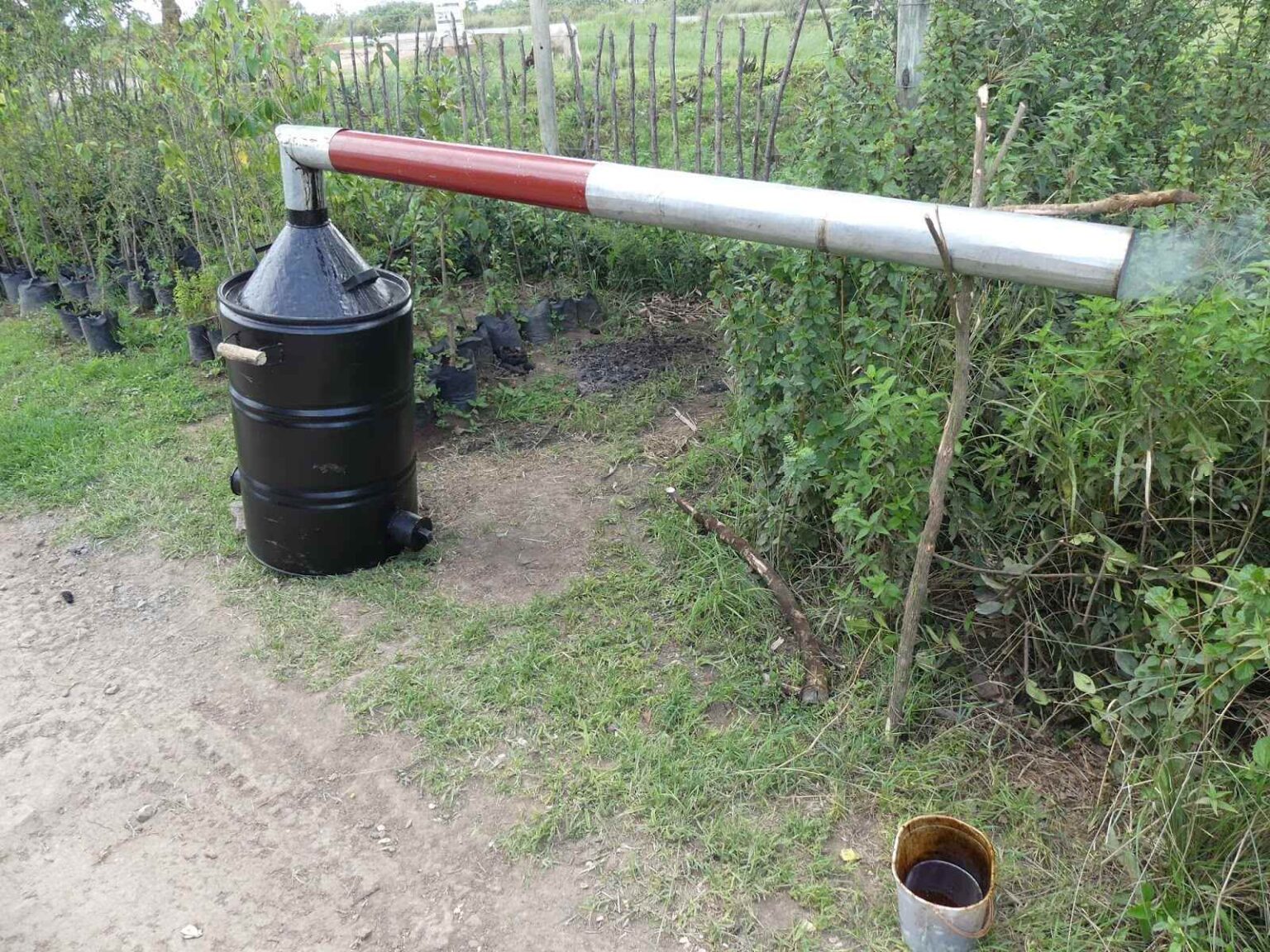
Wood Vinegar – Magical Potion from Plant
Rare plants in Thailand include Aeginetia Flava, Campylopetalum, Dimetra craibiana, Kerriodoxa, Nepenthes chang, Paphiopedilum sukhakulii, Stephania crebra, Wrightia lanceolata, Utricularia bosminifera, and others. Plants used for medicinal and tropical purposes, and plants used for food and fuel, can all be found here.
What is wood vinegar?
Wood vinegar is otherwise called pyroligneous acid or wood acid and it is a liquid made from regulated biomass pyrolysis. The ingredients of wood vinegar are acetic acid, acetone, and methanol. It’s a liquid made from the gaseous by-products of burning fresh wood in an airtight setting. There are almost 200 chemicals in raw wood vinegar, including acetic acid, formaldehyde, ethyl-valerate, methanol, tar, etc.
Application of wood vinegar
Wood vinegar improves soil quality, kills pests, and regulates plant growth, but it is mildly toxic to fish and extremely toxic to plants if used in excess. Roots, branches, tubers, leaves, flowers, and fruit all grow faster with it. Fruit trees yield more fruit after being treated with wood vinegar in an orchard. Wood vinegar is healthy for all living things in the food chain, including insects that aid in plant pollination. Wood vinegar is absorbed into twigs, trunks, and leaves in the same way hormones are. Plants would be healthier, with greener leaves that are insect and disease resistant.
Process of extraction of wood vinegar in the traditional way
- Preserve heartwood and bark for 5 to 15 days.
- In the oven, stack wood. Close the oven and fill in all of the holes with clay. Preheat the oven to 120-430 degrees Fahrenheit.
- Place a tile at the top of the chimney after 1hour. Enable smoke to flow through a bamboo pipe to condense hot steam into liquid if brown or dark brown drops appear on the tile.
- Place a vessel in front of the bamboo pipe to collect the vinegar drops.
- In a 200-liter oil drum kiln, burning wood for 12-15 hours should yield 2-7 liters of wood vinegar. Raw wood vinegar is the name for it at this stage.
- Allow 3 months for the raw wood vinegar to become dried. The vinegar can turn a yellowish color, similar to that of vegetable oil. After that, the tar can turn light brown and become silted. The top layer is made up of light, transparent oil. The tar and light oil, and the dark brown translucent oil, will be removed with the resulting sour vinegar.
Benefits of wood vinegar
- Branches of the tree are used to make wood vinegar.
- Humans, animals, plants, and the climate are unaffected by wood vinegar.
- Wood vinegar promotes plant growth, strength, and pest and disease tolerance.
- Crop output is of excellent quality and is fully healthy to consume.
- Chemical cost savings account for the low production cost.
- Control of soil biological activity by influencing the concentration of beneficial microbes.
- Composting is made so simple with wood vinegar, which acts as a compost activator, speeding up the conversion of the materials into organic compost.
- Assist in the growth of stronger plant roots.
There’s a lot of gorgeous flowers in Thailand. You’ll find a great variety of flowering originally, naturalised and imported from daisies, chryans and honeysuckle to marigolds and sunflowers to butterfly peas, lily and poinsettia throughout the country!







